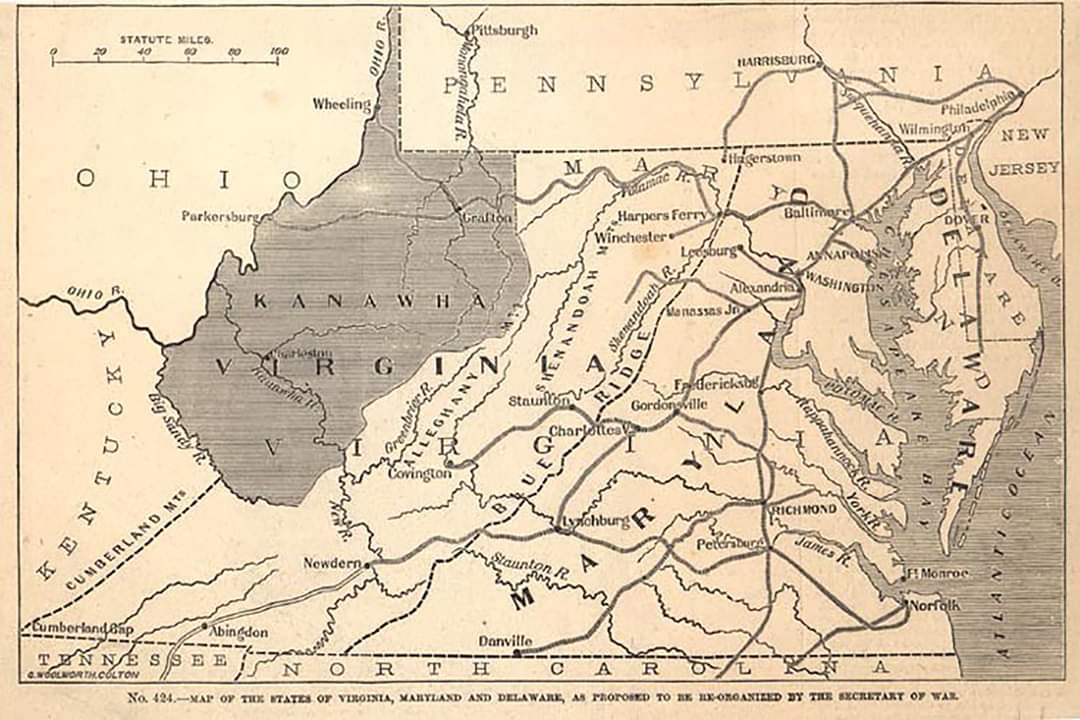Mother's day

Photo sourced from WOWK 13 news With mother's day quickly approaching, I couldn't wait to write this post. I tell people every year about how mother's day started in West Virginia (spoiler alert: father's day did too). It started in Grafton, WV by a woman named Anna Jarvis. Anna wanted a day to commemorate everything her mother (also named Anna) had done. Her mother was a communityactivist and led groups to combat childhood disease. In 1908, which was 3 years after her mother passed (1905), Anna held a church service at St. Andrew's Methodist Episcopal church, after getting financial assistance from a Philidelphia department store owner named John Wanamaker. That same Sunday, a mother's day service was held in Philidelphia at one of Wanamaker's stores. After this, she began her campaign of letter writing to politicians and news papers to try to make mother's day a national holiday. In 1914, president Woodrow Wilson finally signed a measure ...





